Jorge Alfonso Sáenz Camacho
(1938-2018)
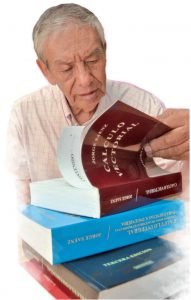

Jorge was born in Cajamarca, a small town located 2,750 meters above sea level, in Peru.
He grew up in a poverty-stricken family, with an absent father and a mother who left him an orphan at the age of 9. He also lost his right hand in a tragic accident at the age of 12.
Despite such complicated circumstances, Jorge was able to carry on with the only resource he abundantly possessed, his determination.
Thanks to the tremendous sacrifice of his older brother, a humble cadet of the town police, Jorge had the opportunity to study at a Jesuit boarding school, where he not only excelled by obtaining the best grades and awards, he also discovered Mathematics, the one passion that would define the rest of his life.
Academic life
Jorge’s greatest goal was studying Pure Mathematics; however, he couldn’t afford living in the capital city, Lima, where San Marcos National University is located, the most ancient university on the continent. Jorge had to settle for studying Mathematics Education at Enrique Guzmán y Valle University, in the province of Chosica, Peru.
As soon as he obtained his degree as a mathematics teacher, Jorge moved to the capital city to teach mathematics in several schools. He divided his time between teaching, learning English and achieving his most coveted goal, studying Pure Mathematics at San Marcos National University.
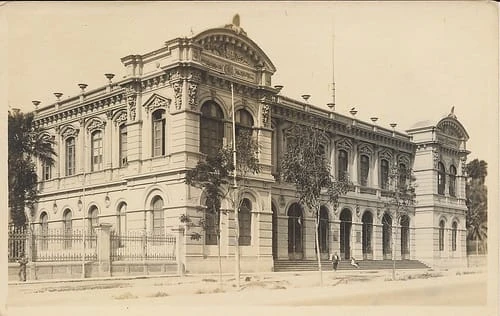
Unexpected destinations
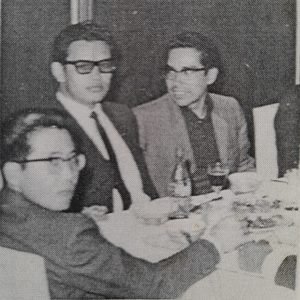
The most important turning point in his career occurred as a result of the Baby Boom phenomenon in the United States. When this generation reached college age, there was a shortage of mathematics professors in the American nation. In response to this hardship, the best universities offered scholarships for mathematicians and engineers from all over the world.
Jorge was admitted to one of these programs along with a group of talented young Peruvians, which also included his friend and colleague, Alberto Fujimori, who decades later became Dean of the Universidad Nacional Agraria La Molina (Lima, Peru), and eventually President of Peru.
Jorge received a B.A. from Teachers College, Columbia University (New York, USA) and an M.A. as well as a Ph.D. from the University of Notre Dame (Indiana, USA).
His career as a professor was very extensive. He had the opportunity to teach at institutions in five different countries, including Columbia University (New York), the Pontifical Catholic University of Peru and the University of Puerto Rico. In the 80’s he decided to settle in Barquisimeto, Venezuela, supporting the founding of the mathematics department of the Lisandro Alvarado University, where the best Venezuelan mathematicians have graduated.
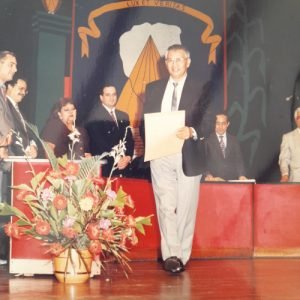
His area of specialty was Differential Geometry, a field in which he had the privilege of training several generations of geometricians, teaching in master’s and doctoral programs. However, his delight was the training of students in the initial undergraduate courses; perhaps because of his unforgettable experiences as a high school teacher. For this reason, he always remained involved in the chairs of Calculus and Discrete Structures.
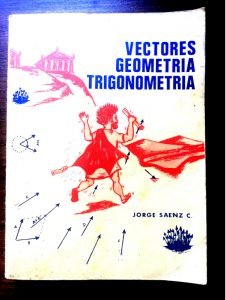
Jorge the Author
Jorge used to write non-commercial texts books to assist his classes, in fact, the first of them , Vectores, Geometria y Trigonometria (vectors, geometry and trigonometry) was written in 1975.
As a curious fact, the cover was drawn in pencil and paper by his then-wife, Esther. She also typographed the first manuscript.
He wrote more than a dozen mathematical titles, and despite having received offers from major publishing houses, such as Mc. Graw Hill and Pearson, he decided to handle the distribution of his books establishing his own independent publishing house in 1990, Editorial Hipotenusa.
A new era for Hipotenusa
Sadly, Jorge Saenz passed away in June 2018, after a four-year battle with throat cancer. But, his right-hand man, his son, Roberto Saenz, claims that as long as his work is alive, Jorge will also be.
Roberto has embraced his father’s projects, and is currently in charge of Hipotenusa, a trade name he intends to give a community focus, beyond mere academics.
Science outreach is changing these days. In that respect, Roberto is now creating mathematical content with a fresh view for our social media accounts on Instagram and Tiktok. Follow us, he’ll be happy to hear from you.
@thepythagoreanpal
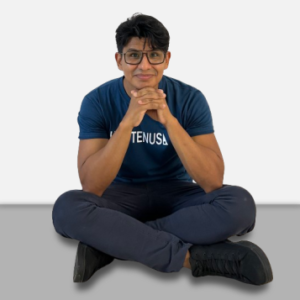
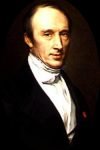
Men pass away,
but their deeds abide
Agustin Cauchy’s last words, 1857.
Agustin Cauchy’s last words, 1857.
